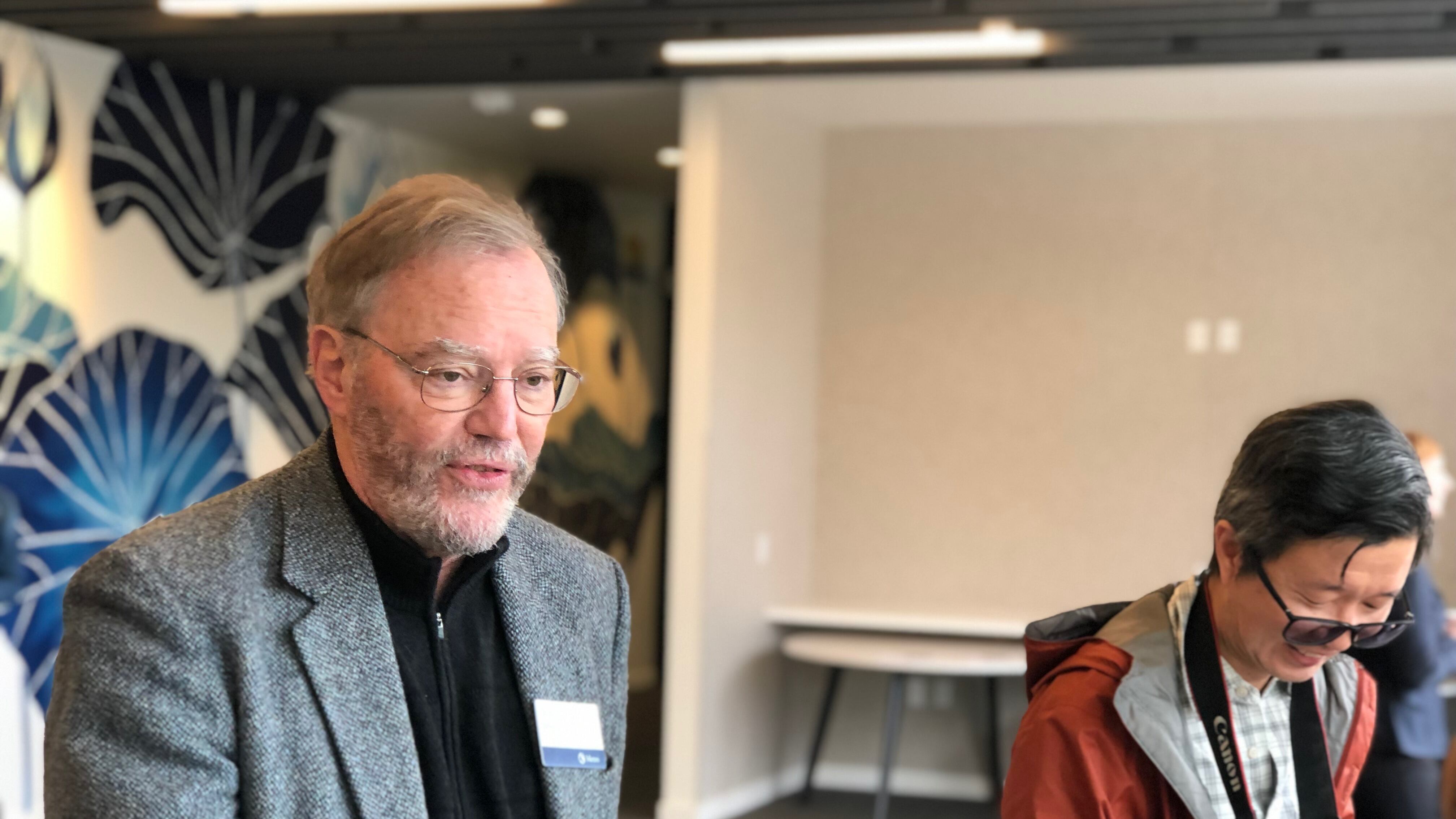Bob Stacey, one of Oregon’s leading warriors against suburban sprawl who battled strip-mall developers and the Rajneeshees in court, died Sept. 8. He was 72.
U.S. Rep. Earl Blumenauer (D-Ore.) mourned Stacey’s passing Thursday evening: “Oregon just lost the most important person that most people have never heard of.”
A graduate of Parkrose High School, Reed College and the University of Oregon Law School, Stacey was one of the first two people hired in 1975 to run former Gov. Tom McCall’s land use advocacy group, 1000 Friends of Oregon.
That group fought numerous court battles to uphold an unusual solution lawmakers had passed, at McCall’s urging, to prevent the sprawl of suburbs and warehouses that leaves highway corridors in other states looking like an endless shopping plaza. That solution was called the urban growth boundary: It erected a hard border between land that could be commercially developed and land that must remain forest or farm.
That boundary became a sticking point in the saga of the Rajneeshee cult, which sought to build its utopian city on Wasco County farmland. (With his enormous beard, Stacey could have passed for a resident of the compound.) Stacey led 1000 Friends’ legal challenges to the construction of Rajneeshpuram—and received a box of poisoned chocolates for his troubles.
In an interview last year with a reporter for the government agency Metro, Stacey recalled receiving the chocolate box with a note marked “From the Friends of the Columbia Gorge.”
“So I called Bowen Blair, the director of Friends of the Gorge, who had his offices a couple of floors above us,” Stacey said. “He calls back and said, ‘We didn’t send you any chocolates!’”
Not sickened, Stacey would go on to work as Portland’s planning director, chief of staff for Blumenauer (twice, in fact—at City Hall and in Congress), and executive director of 1000 Friends, a position he held from 2002 to 2010. That year, he lost a narrow race for Metro Council president to Tom Hughes. In 2012, he joined Hughes on the Metro Council, which oversees the region’s land use, including the urban growth boundary.
Stacey left Metro last year as he sought treatment for a noncancerous brain tumor called meninges, a condition he had battled for a decade.
“He was a fearless fighter,” said Metro Council President Lynn Peterson on Thursday evening, “standing up to bullies big and small, from huge corporate developers to Ma Sheela and the Rajneeshees, who sought to turn over Oregon’s iconic landscape for their own individual profit and purpose. Bob’s work, his wit, his spirit and his love of Oregon leave a permanent legacy on this state we all love so much.”

